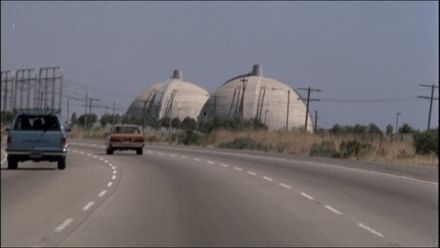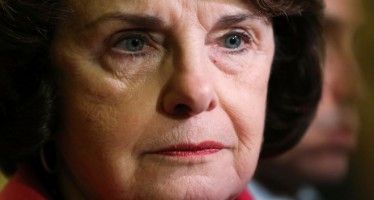San Onofre follies: The man-made power shortage
 Was the San Onofre nuclear plant shut down because problems with its generator systems were so severe that it posed a risk to the 20 million people in Orange, San Diego, Los Angeles and Riverside counties?
Was the San Onofre nuclear plant shut down because problems with its generator systems were so severe that it posed a risk to the 20 million people in Orange, San Diego, Los Angeles and Riverside counties?
Or was the nuclear plant closed primarily because of excessive regulation — the latest victim of a California bureaucratic culture that prefers reflexive edicts to thoughtful decisions driven by cost-benefit analysis?
U-T San Diego business columnist Dan McSwain — one of the few newspaper business columnists I’ve ever read who actually used to be a successful businessman — makes the case quite persuasively that it was for the latter reason:
“Without question, San Onofre’s steam generators have serious technical problems. But the decision to abandon the plant was a regulatory and political calculation. It wasn’t a technical decision, not by a long shot. …
“Mitsubishi … is a global conglomerate that has installed 116 generators similar to San Onofre’s. ….
“Edison bought its steam generators as part of a 2009 retrofit. The old ones were supposed to last until 2022, but corrosion ruined too many of the generators’ thousands of narrow metal tubes.
“The tubes convert superheated water from the nuclear reactors into steam, which drives power-producing turbines.
“Mitsubishi’s retrofit plan had been used in dozens of similar plants. The plan used a more corrosion-resistant alloy, but added hundreds of tubes because the new alloy was less efficient in transferring heat.”
Fixes made around the world — but not in California
 The point McSwain makes about similar equipment functioning just fine at numerous nuclear plants around the world can’t be made enough. There were some unique problems at San Onofre, but Mitsubishi depicted them as manageable.
The point McSwain makes about similar equipment functioning just fine at numerous nuclear plants around the world can’t be made enough. There were some unique problems at San Onofre, but Mitsubishi depicted them as manageable.
“After much discussion, and the addition of supports to reduce vibration in the long, narrow tubes, Edison signed off on the plan as the lead designer.
“But last year radioactive steam leaked from San Onofre’s Unit 3. The tubes were vibrating in a direction that had never been seen before, causing them to hit each other and wear catastrophically.
“At this point Edison decided to also keep Unit 2 offline until officials figured out what to do. In June, 16 months later, Edison CEO Ted Craver announced that San Onofre’s shutdown was permanent.
“Mitsubishi maintains that Unit 2 probably could have restarted and run successfully for years, because its design was slightly different and tube wear was close to normal ranges. And it says Unit 3 can be repaired in about four years.
“’We were developing a 100 percent fix,’ said Frank Gillespie, a top U.S. executive for Mitsubishi’s nuclear division.”
I don’t know about you, but I trust Mitsubishi far more than California regulators.
And if your power, or my power, goes out this year because San Onofre is no longer able to supply hundreds of thousands of homes in San Diego and Orange counties, I know who’s to blame.
California already has a man-made drought. In Socal, now we’ve got a man-made power shortage.
P.S.: Yes, movie buffs, the photo of San Onofre above is a screen grab from “The Naked Gun.”
Related Articles
Sen. Feinstein remarks on Iran deal, CA drought
Anyone wonder if U.S. Senator Dianne Feinstein has the same feeling expressed by Gov. Jerry Brown about a presidential run
Sen. Lou Correa attacks free-speech rights
Dec. 5, 2012 By John Seiler Campaign finance “reform” always means one thing: attacking the other guy’s funding sources under
Brown Signs Una Parte of Dream Act
Ali Meyer: This afternoon Gov. Jerry Brown signed the “Dream Act” bill AB 130. By Assemblyman Gil Cedillo, D-Los Angeles, the



